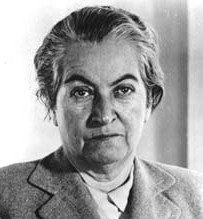PNS, SNS, ANS
– The PNS is mainly made up of nerves, in addition to ganglia and plexuses.
– The PNS is split into two systems: the somatic nervous system (SNS) and the autonomous nervous system (ANS).
– The PNS has two functions: gather information from the exterior through the sensory organs and sending signals towards the muscles.
– What is the PNS made up of?
– Which are the two subdivisions of the PNS?
Cranial and spinal nerves
– The 12 pairs of cranial nerves are born at the encephalon and they control the muscles of the head and neck.
– The 31 pairs of spinal nerves jut out from the spinal cord and their function is to control most of the skeletal muscles and transmitting and receiving sensory information.
– What is the job of the cranial nerves?
– How many pairs of spinal nerves are there?
Autonomous nervous system
– The ANS is related to the upkeep of automatic functions the brain has no voluntary control over.
– The ANS is split into two systems: the sympathetic and the parasympathetic nervous systems.
– Both divisions of the ANS are made up og preganglionic and postganglionic neurons.
– What is the ANS related to?
– What are the names given to the two systems the ANS is split into?




